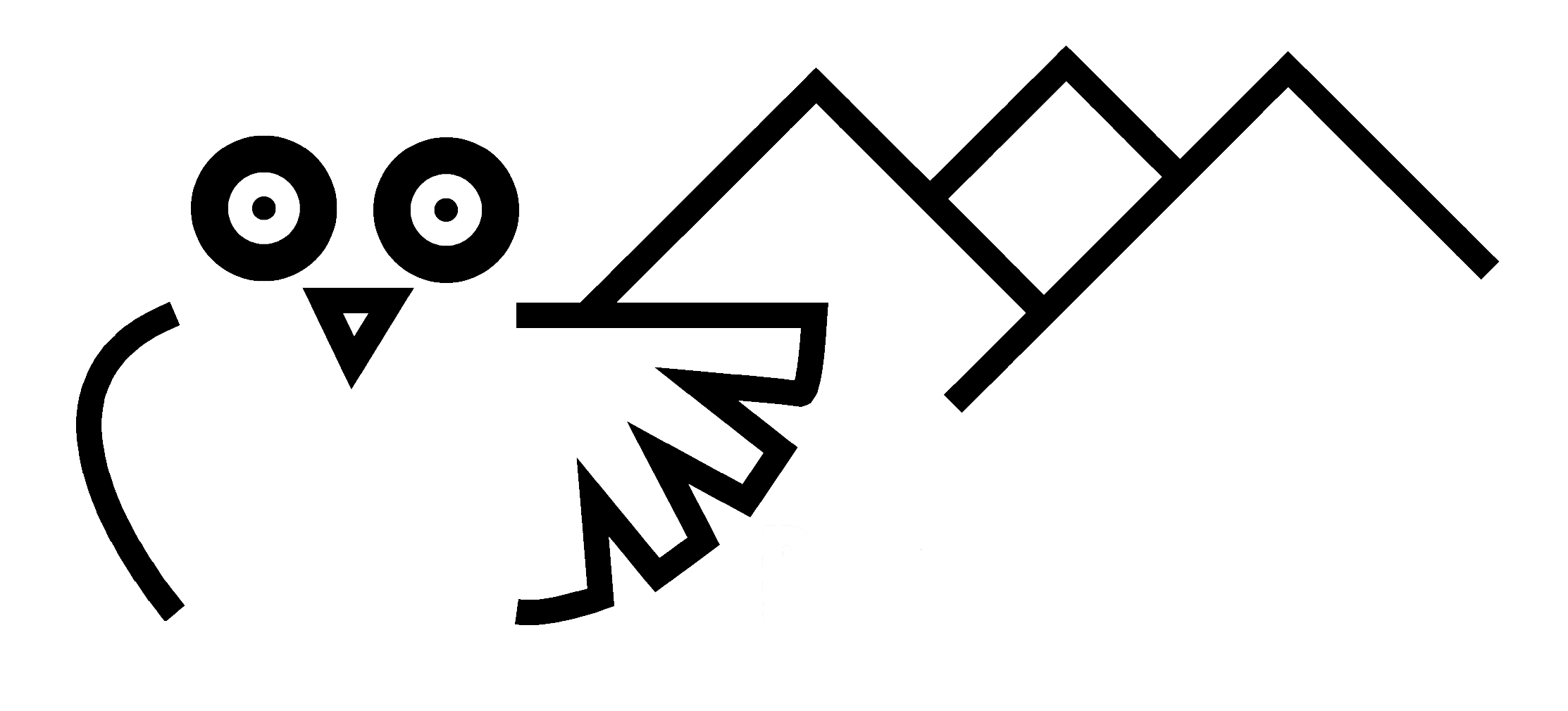A Techno Minimalist for Anti- Minimalists
The D.J. Dominik Eulberg at Cielo in the meatpacking district.
It was Thursday night at the nightclub Cielo in the meatpacking district, and a team named We Are Robots was giving a dance party. We Are Robots promotes what its members call “minimal house, techno and electro,” and the word “minimal” is crucial.
To cultish listeners around the world, “minimal” describes a constellation of electronic tracks that tend toward the sleek, the empty, the meticulous, the abstract. Instead of a wailing diva or a barrage of samples or a hummable tune, you get clicks and gurgles and smudges, slowly decaying or mutating. There’s a hint of snobbery, too: if a D.J. is playing this stuff, that means the club probably won’t be full of cheap cologne and sugary cocktails.
But at this We Are Robots party, the sound rattling out from the speakers could hardly be described as minimalist. The culprit was Dominik Eulberg, a D.J. and producer from Bonn who takes a mischievous pleasure in toying with minimalist conventions. He began his set around 1:30 a.m., with a furious selection of frenetic techno tracks, using cross-cut rhythms to reach a series of blaring, rhythmless peaks.
The crowd, which included both music geeks (who knew what they were in for) and casual clubbers (who couldn’t possibly have known), responded by alternately dancing and staring at the booth. Up above the dance floor, a shaggy blond guy was fiddling with his equipment and, from time to time, swigging Champagne.
Mr. Eulberg’s debut album, “Flora & Fauna” (Traum Schallplatten), was released in 2004, but it was his 2005 double-CD mix, “Kreucht & Fleucht” (Mischwald), that helped win him a following, albeit a tiny one, in the United States. In a review for the indie Web site Pitchfork, Philip Sherburne called it “a guide to the Now Sound of clattery, post-minimalist German techno.” Throughout the two discs, Mr. Eulberg delights in emphasizing sounds that might once have seemed off-limits: snarling bass lines borrowed from acid house and triumphal keyboard lines that evoke progressive house, the populist genre that minimalists once loved to hate.
You can hear that impulse in Mr. Eulberg’s own tracks, too. In a single from 2004, “Die Rotbauchunken vom Tegernsee” (Traum Schallplatten), the beat suddenly drops out to make way for a weird, fluttery break and a brief, manic drum solo. He’s interrupting himself.
On Thursday night Mr. Eulberg was joined by Ada, a producer from Cologne who has perfected her own playful style; you can hear it on her excellent 2004 album “Blondie” (Areal), which includes a lovely, hazy house version of “Maps,” by the Yeah Yeah Yeahs. (All these CD’s are available in the United States from forcedexposure.com.) Ada played live — that is, using electronics, not records — and she found a different way to edge away from minimalism: her sharp, squelchy tracks sometimes sounded like pop songs in (deep) disguise.
In this context, Mr. Eulberg’s attack seemed even more severe. He knows how to get listeners to focus on a small detail in a noisy track: the way a repeated clang slowly changes timbre, for example. And he loves playing with size and scale. He often superimposes small events (like that mutating clang) on big ones (like an abrupt shift in rhythm, or an overwhelming siren sound that comes out of nowhere). As you dance, you get the dizzying sensation of hearing two kinds of musical narratives at once.
Certainly Mr. Eulberg didn’t invent these techniques, and the best minimalist D.J.’s put together sets full of drama and mischief. But while Mr. Eulberg hasn’t completely abandoned the minimalist tradition (it’s not as if he plays anything so obvious as a song), he has a knack for exposing its contradictions.
By 3 a.m., he had shifted from prickly techno to something grander and mellower. He would introduce big, glacial synthesizer melodies, and then, just as the tension was building, the beat would cut out for a few bars; the dancers found themselves moving to something that wasn’t there. In a way, these late-night records were as disorienting as the cacophonous techno records that had come before. Mr. Eulberg was doing his job: making sure everyone had a hard, dazed night.

